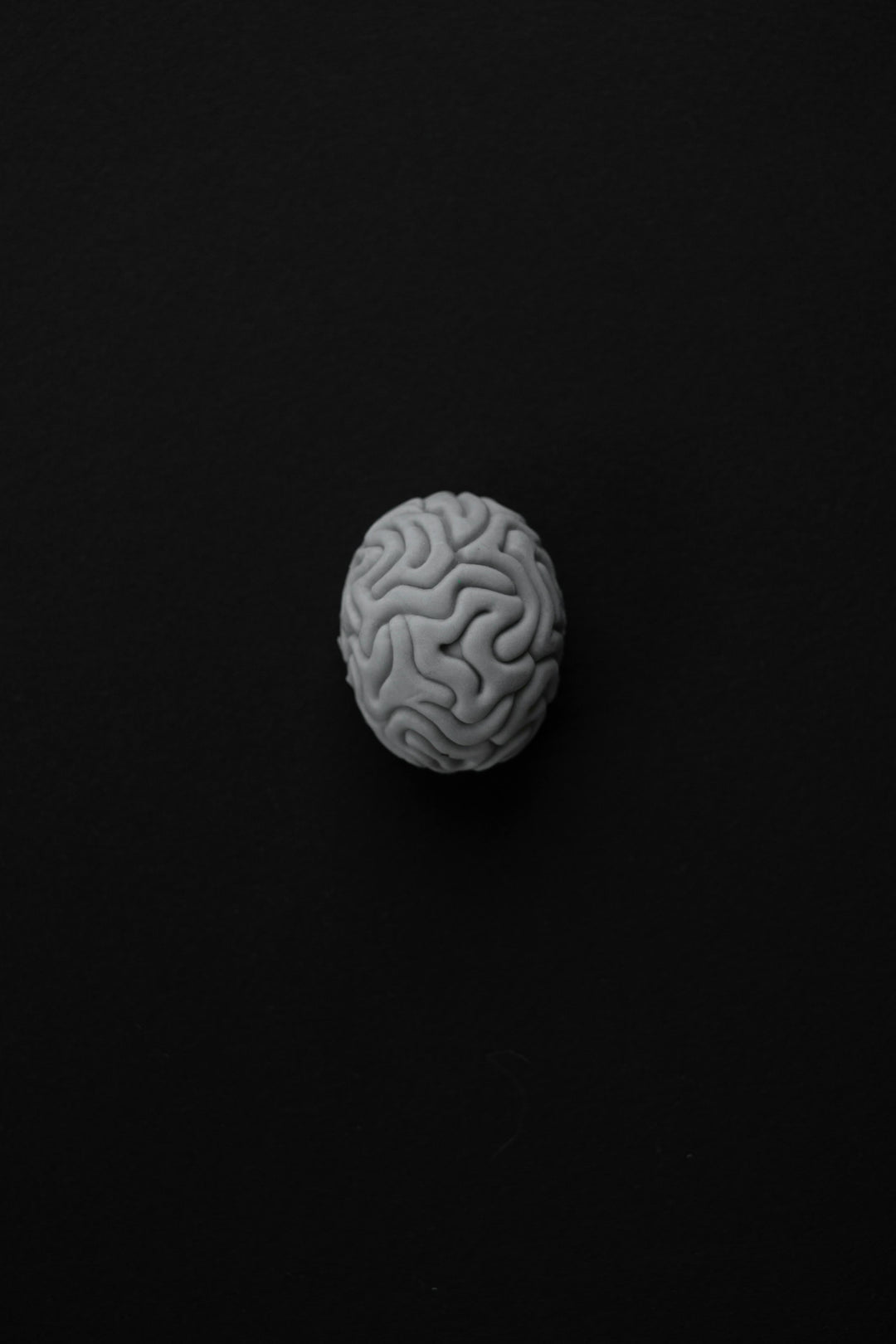The Elevated Advantage
In the competitive world of trade shows, grabbing attention isn’t just a challenge—it’s a necessity. Exhibitors are constantly innovating with materials, lighting, and layout, but one area often overlooked is vertical space. Floating and suspended booth elements offer a unique way to catch the eye from across the show floor while enhancing the overall visitor experience. From branding banners to product displays and lighting rigs, these elevated features can set your booth apart—literally and figuratively.
At KSM Exhibits, we specialize in designing custom and rental booths that leverage every inch of available space, including above the floor. In this guide, we’ll explore when and how to use floating and suspended elements effectively, what trends are dominating the market, and how to make them work for your brand.
Why Floating & Suspended Elements Matter
1. Enhanced Visibility from a Distance
One of the biggest challenges in any trade show is visibility. With rows of booths and countless distractions, suspended elements—like hanging signs, LED rings, or branded fabric structures—give your booth a towering presence.
Example: A 20x20 booth with a hanging circular banner can be spotted from aisles away, guiding visitors directly to your brand.
2. Creative Brand Storytelling
Floating and suspended components offer a canvas for storytelling. They can reinforce brand identity with custom shapes, motion, or lighting effects that speak to your company’s mission or industry.
Example: A tech company might use floating LED panels to mimic data streams, while a travel brand could suspend mock “hot air balloons” with embedded monitors displaying destinations.
3. Maximizing Floor Space
Suspending elements above the booth means you leave valuable square footage free for product demos, seating, or staff movement. This is especially beneficial in smaller footprints.
Types of Suspended Booth Elements
1. Hanging Signs & Banners
These are the most common type of suspended element. Available in a variety of shapes—circular, square, triangular, or custom—they feature high-resolution fabric graphics and internal frames.
-
Best for: Brand visibility, logos, slogans, directional messaging.
-
Tip: Keep text large and minimal. Use contrasting colors for legibility from a distance.
2. Floating Product Displays
Products suspended with transparent cables or mounted to hanging rigs create a futuristic feel and attract attention by defying expectations.
-
Best for: Lightweight tech gadgets, beauty products, or conceptual prototypes.
-
Tip: Add focused lighting from below or above to enhance the floating illusion.
3. Overhead LED Displays & Projection Mapping
Advanced tech like LED rings, kinetic lights, or projection mapping elements can bring movement and drama to your booth.
-
Best for: Tech companies, entertainment brands, or experiential marketers.
-
Tip: Ensure rigging plans are approved well in advance and meet venue regulations.
4. Architectural & Sculptural Elements
Think floating cloud installations, geometric mobiles, or suspended floral arrangements. These are ideal for creating atmosphere and emotional connection.
-
Best for: Lifestyle brands, wellness companies, or luxury products.
-
Tip: Use soft materials and ambient lighting to create a calming “above and around” experience.
When to Use Suspended Elements
✅ You Have High Ceilings
Most trade show venues list their ceiling height limits in the exhibitor manual. If your assigned booth space offers 20+ feet of clearance, suspended elements are a smart choice.
✅ You Want to Guide Traffic
Floating signage can act like a lighthouse in a crowded sea of booths. If you're located in a back corner or along an edge aisle, a bold overhead element can literally lead the way.
✅ You’re Launching a New Product or Brand
If the show is a key debut moment for a product or rebrand, floating visuals can dramatize the launch and draw media attention.
✅ You Need to Maximize Limited Space
Smaller booths benefit greatly from suspended design because it adds visual impact without eating into the functional footprint.
When Not to Use Suspended Elements
❌ Low Ceilings or Height Restrictions
If the ceiling is below 14 feet or your booth neighbors obstruct clear visibility, overhead elements may not be worth the investment.
❌ Heavyweight Components Without Rigging Support
If your display items are heavy and the venue restricts rigging points—or your budget can’t support reinforced rigging—floor-based alternatives might be safer.
❌ Overly Complex Setup for One-Day Events
Some smaller events don’t justify the time or cost of setting up large hanging elements. Consider retractable banner towers or modular archways instead.
Logistics & Safety Considerations
1. Rigging Requirements
Every venue has different rules. Most require certified riggers to install any suspended structures. It’s essential to work with an exhibit partner who understands these regulations.
-
Tip: Submit rigging plans early. Late approvals can delay installation and add rush fees.
2. Weight & Load Calculations
Keep your structures lightweight. Aluminum frames and tension fabric are popular for a reason—they’re strong yet manageable.
-
Tip: Always review the maximum load capacities of ceiling rig points. Overloading can result in safety hazards and denied installs.
3. Pre-Show Testing
Don’t leave floating structures to chance. Always assemble and test them off-site before show day to ensure stability, branding accuracy, and lighting alignment.
Trends in Floating & Suspended Elements (2025 and Beyond)
◾ Interactive Suspended Displays
Exhibitors are starting to include sensors and AR projections in their overhead elements to create responsive environments.
◾ Organic Materials
Floating elements made of wood, bamboo, or recycled materials are gaining traction with sustainability-focused brands.
◾ Motion & Kinetics
Moving mobiles or motorized light rings bring animation to the air above your booth—creating an ever-changing visual experience.
◾ Layered Lighting Effects
Multi-tiered lighting designs, including layered rig lighting and diffused backlit panels, are making suspended elements more immersive.
Practical Tips for Success
|
Tip |
Why It Matters |
|
Start Planning Early |
Hanging elements require advanced approvals, engineering, and coordination with the venue. |
|
Use Lightweight Materials |
Tension fabric, aluminum, and acrylic minimize costs and rigging complexity. |
|
Prioritize Visibility |
Avoid cluttered graphics. Think bold logos, simple taglines, and bright contrast. |
|
Integrate with Floor Design |
Your overhead design should echo or enhance your floor elements—create vertical harmony. |
|
Consult Experts |
Work with experienced exhibit designers (like KSM Exhibits) who can engineer, fabricate, and install safely and beautifully. |
How KSM Exhibits Can Elevate Your Vision
At KSM Exhibits, we offer more than custom booth rentals—we bring spatial storytelling to life. Our design and fabrication teams understand how to utilize height strategically, using floating and suspended booth elements to:
-
Improve visibility and impact
-
Reinforce brand identity
-
Create unforgettable experiences
Whether you need a simple tension fabric banner or a complex kinetic lighting rig, we handle everything—from concept and CAD rendering to safe rigging and on-site setup. We coordinate with venues, manage weight restrictions, and ensure all suspended features are as safe as they are stunning.
Final Thoughts: Don’t Just Stand Out—Float Above
Trade shows are crowded. But that doesn’t mean your booth has to be. With suspended and floating elements, you unlock an entirely new visual plane—one that sets your brand above the competition, literally.
If you’re ready to rise above the ordinary, contact KSM Exhibits today. Our team is here to help you design, build, and install trade show booths that make a lasting impression—from the floor to the ceiling.





